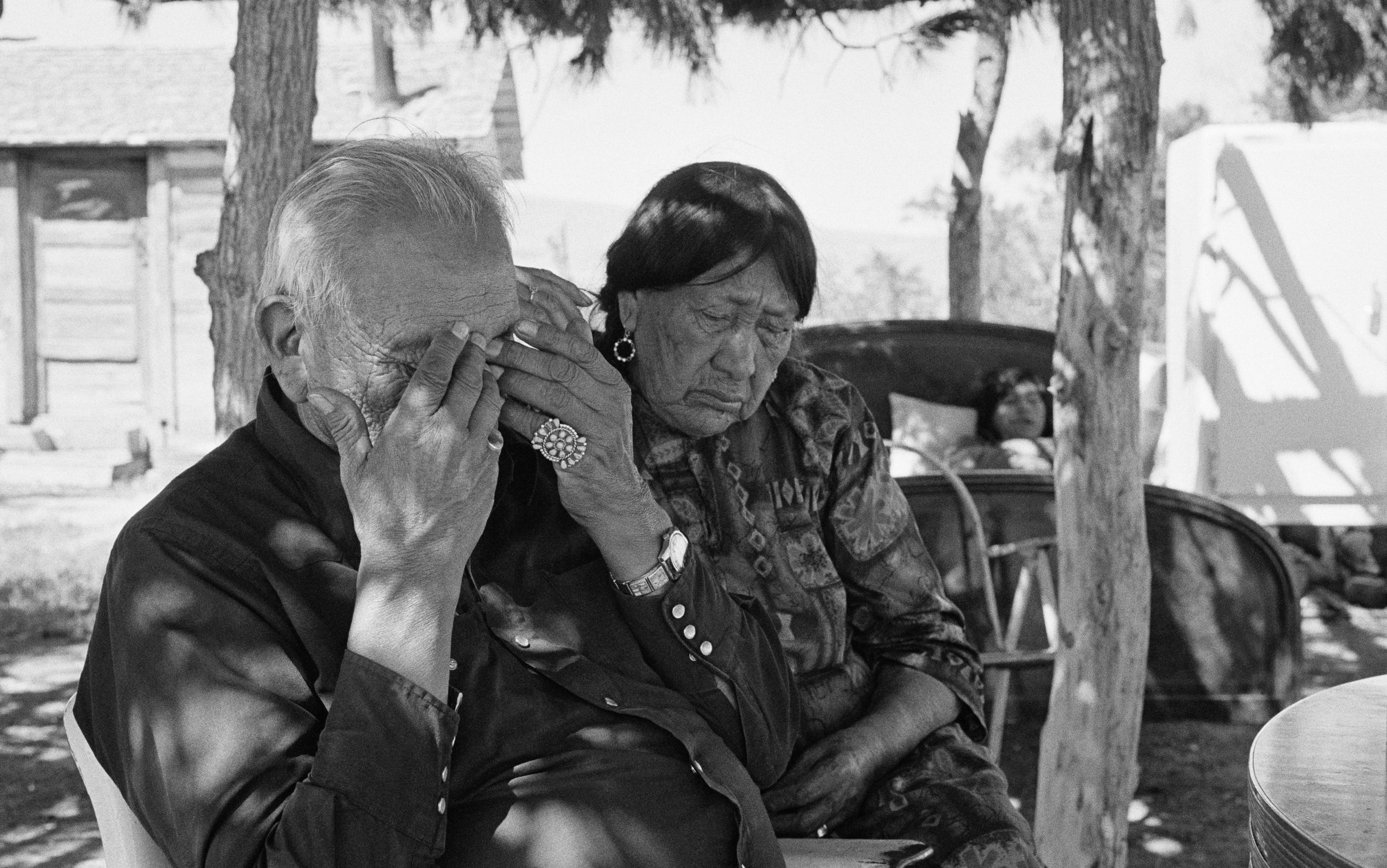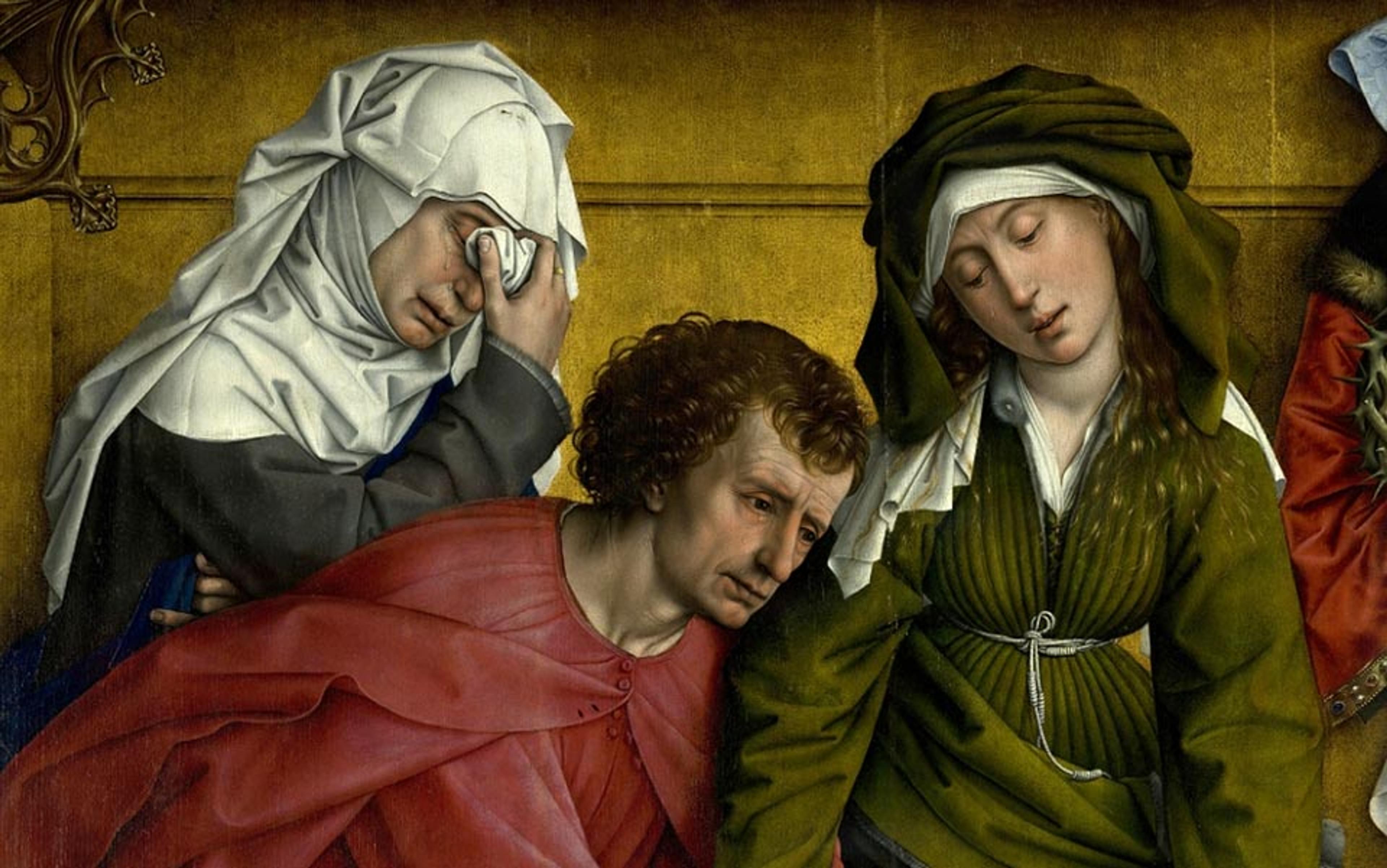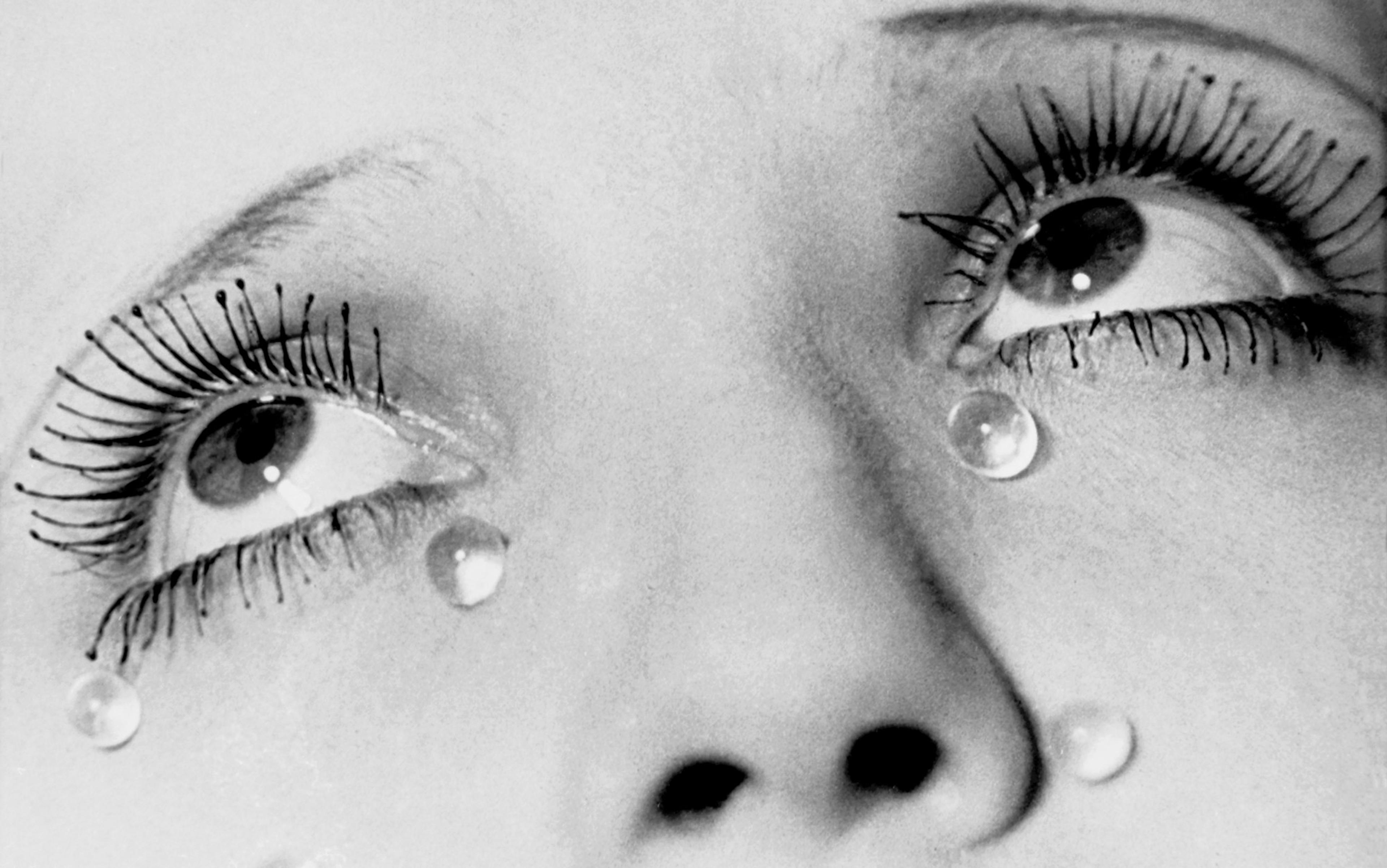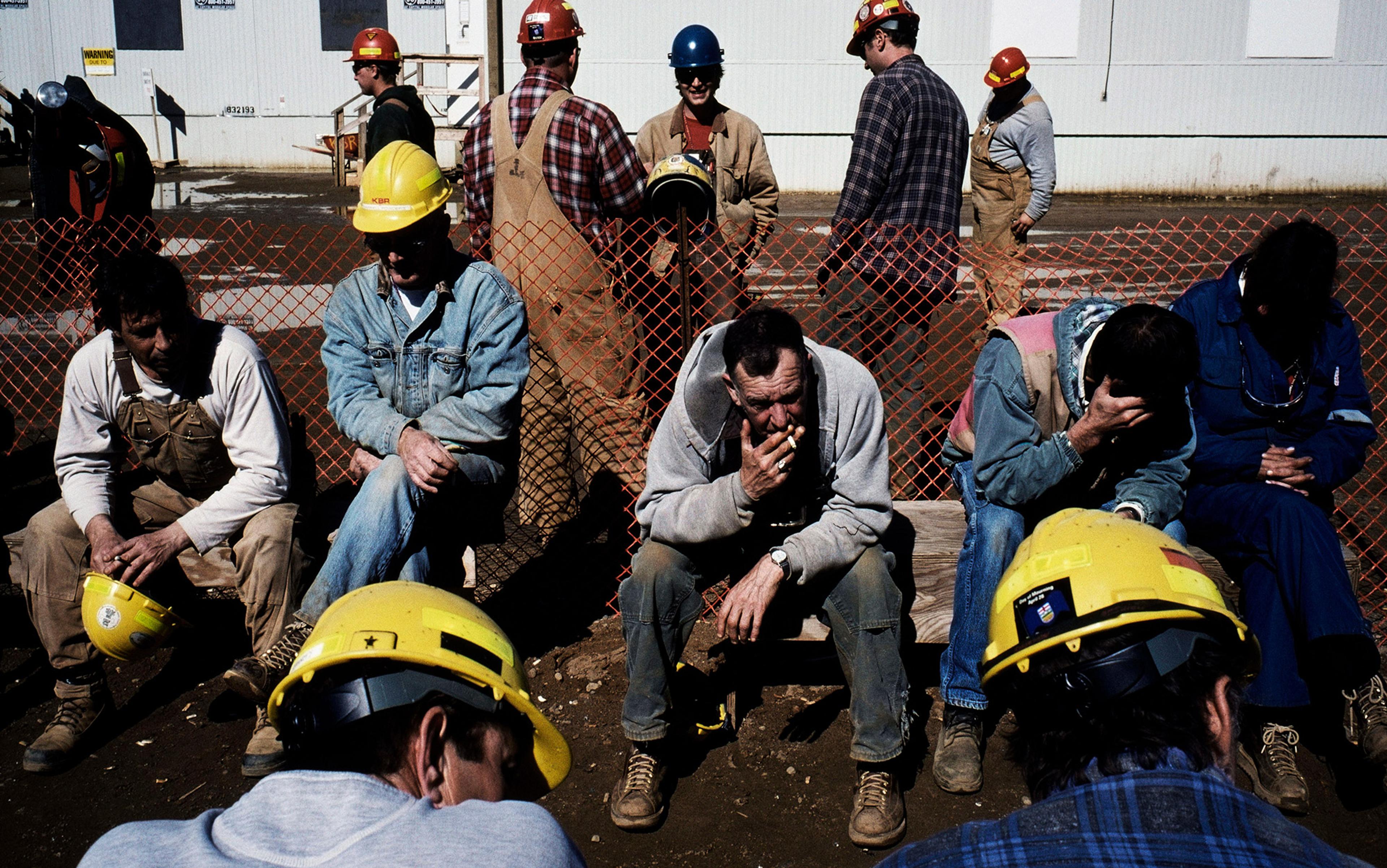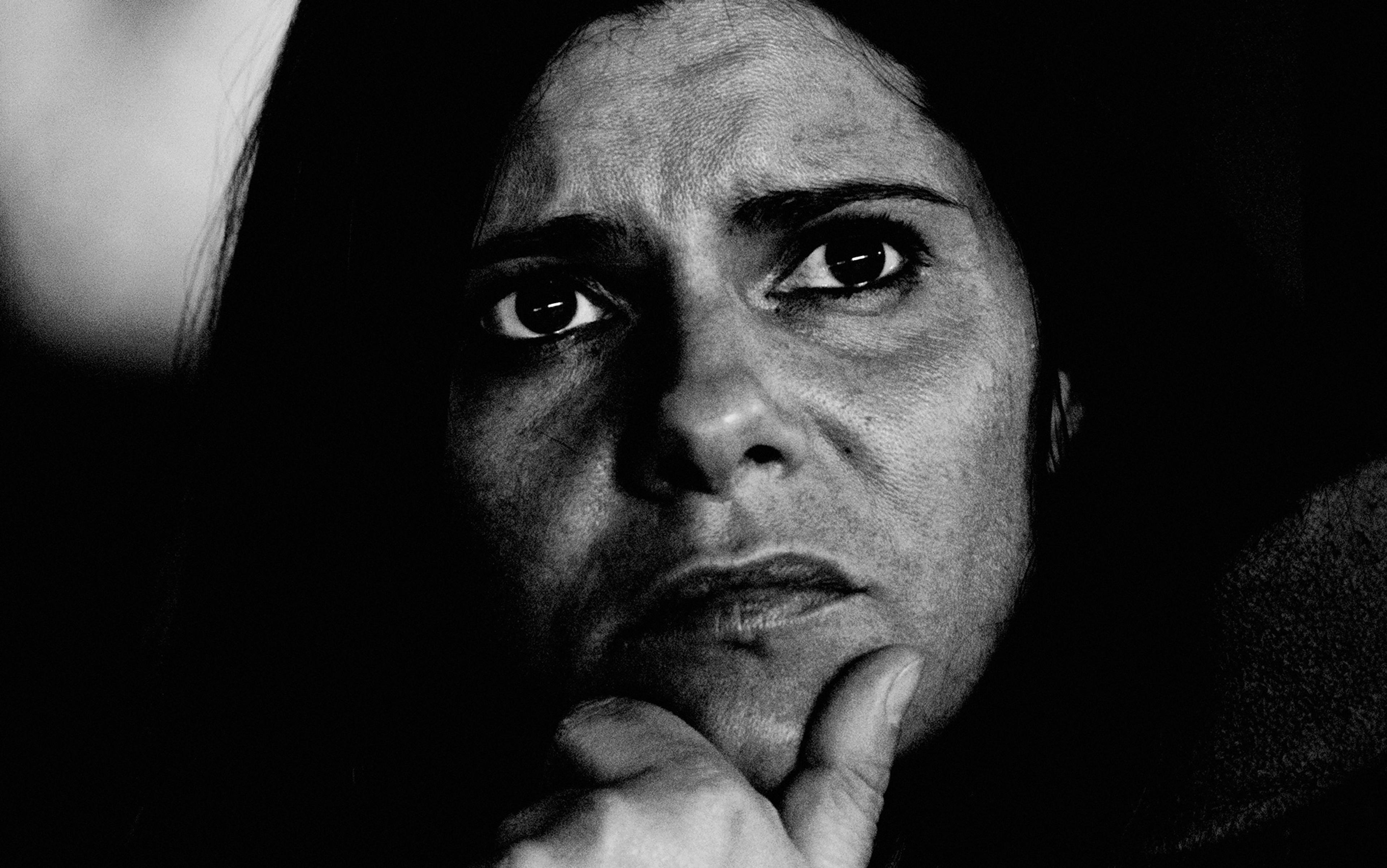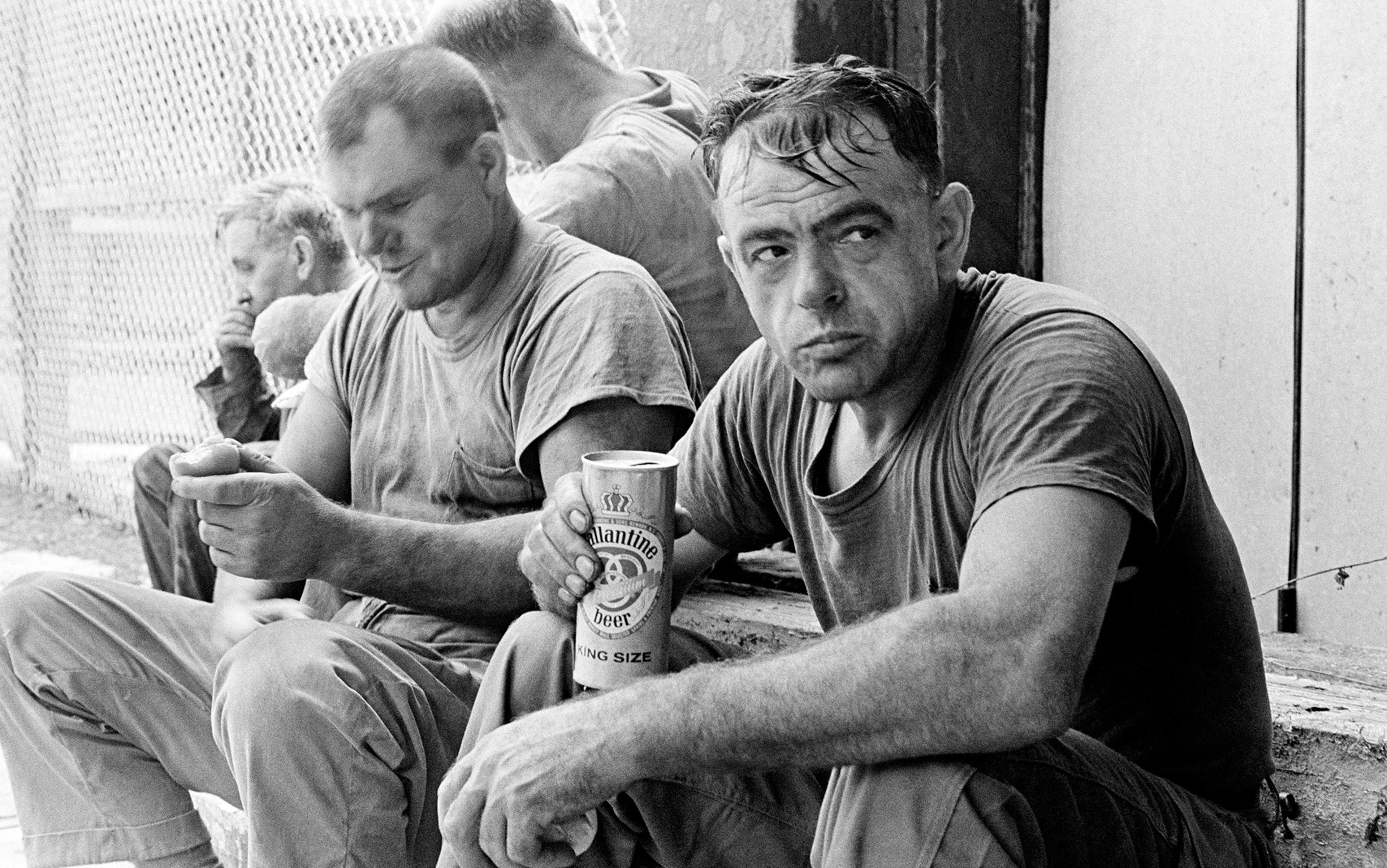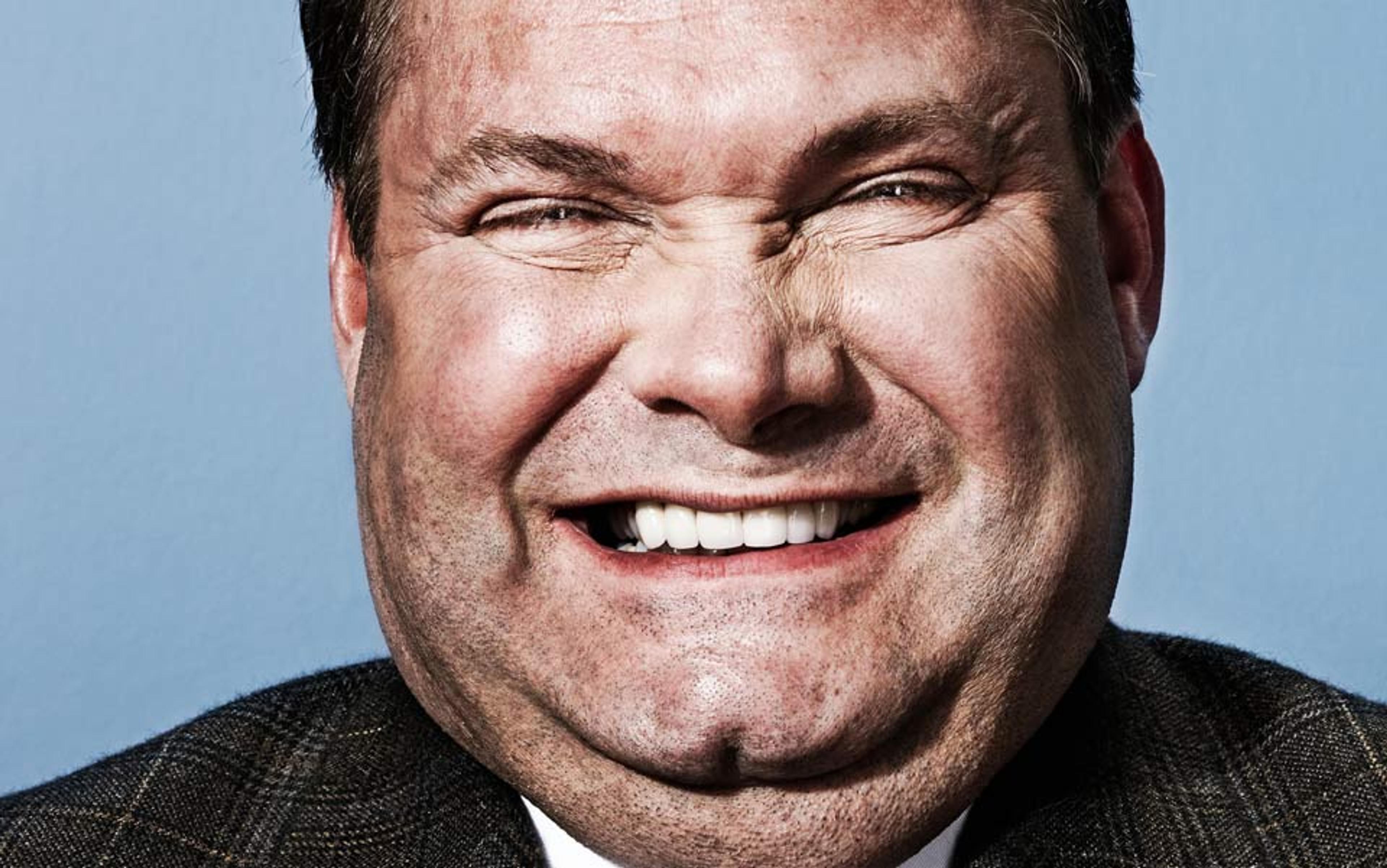One of our most firmly entrenched ideas of masculinity is that men don’t cry. Although he might shed a discreet tear at a funeral, and it’s acceptable for him to well up when he slams his fingers in a car door, a real man is expected to quickly regain control. Sobbing openly is strictly for girls.
This isn’t just a social expectation; it’s a scientific fact. All the research to date finds that women cry significantly more than men. A meta-study by the German Society of Ophthalmology in 2009 found that women weep, on average, five times as often, and almost twice as long per episode. The discrepancy is such a commonplace, we tend to assume it’s biologically hard-wired; that, whether you like it or not, this is one gender difference that isn’t going away.
But actually, the gender gap in crying seems to be a recent development. Historical and literary evidence suggests that, in the past, not only did men cry in public, but no one saw it as feminine or shameful. In fact, male weeping was regarded as normal in almost every part of the world for most of recorded history.
Consider Homer’s Iliad, in which the entire Greek army bursts into unanimous tears no less than three times. King Priam not only cries but tears his hair and grovels in the dirt for woe. Zeus weeps tears of blood, and even the immortal horses of Achilles cry buckets at the death of Patroklos. Of course, we can’t regard the Iliad as a faithful account of historical events, but there’s no question that ancient Greeks saw it as a model for how heroic men should behave.
This exaltation of male weeping continued into the Middle Ages, where it appears in historical records, as well as fictional accounts. In chronicles of the period, we find one ambassador repeatedly bursting into tears when addressing Philip the Good, and the entire audience at a peace congress throwing themselves on the ground, sobbing and groaning as they listen to the speeches. In the 11th-century French epic The Song of Roland, the poet describes this reaction to the death of the eponymous hero: ‘The lords of France are weeping bitter tears,/ And 20,000 faint in their grief and fall.’ We can be pretty sure this didn’t happen as described, but it’s still remarkable that 20,000 knights swooning from grief were considered noble, not ridiculous.
Furthermore, the sobbing male hero wasn’t only a Western phenomenon; he appears in Japanese epics as well. In The Tale of Heike, which is often cited as a source for the ideal behaviour of a samurai, we find men crying demonstratively at every turn. Here’s a typical response to the death of a commander-in-chief: ‘Of all who heard, friend or foe, not one but wept until his sleeves were drenched.’
Some might object that these are all public, ceremonial expressions of grief. Men might cry in this ritual manner over weighty issues of death, war and politics, but surely personal tears of love and frustration were still confined to women?
In a word, no. In medieval romances, we find innumerable instance of knights crying purely because they miss their girlfriends. In Chrétien de Troyes’ The Knight of the Cart, no less a hero than Lancelot weeps at a brief separation from Guinevere. At another point, he cries on a lady’s shoulder at the thought that he won’t get to go to a big tournament. What’s more, instead of being disgusted by this snivelling, she’s moved to help, and Lancelot gets to go to the tournament after all. The knights of King Arthur, King Mark, King Everyone are routinely reduced to tears every time they’re told a heart-wrenching story. It’s hard to think of any niche situations in which tears might exclusively still be the province of women.
Still more remarkably, there’s no mention of the men in these stories trying to restrain or hide their tears. No one pretends to have something in his eye. No one makes an excuse to leave the room. They cry in a crowded hall with their heads held high. Nor do their companions make fun of this public blubbing; it’s universally regarded as an admirable expression of feeling.
until recently, grown men actually forced themselves to cry publicly in the hope of impressing their peers
The Bible is full of similar references to demonstrative weeping by kings, entire peoples, and God Himself (as incarnated in Jesus). It’s understandable, then, that for centuries tears were linked to piety. The Confessions of St Augustine are full of descriptions of the saint’s unrestrained weeping. St Jerome’s letter to Eustochium has eight separate references to crying; he describes himself as being in ‘floods of tears’, ‘drenched with tears’, and ends by exhorting worshippers to ‘Nightly wash your bed and water your couch with your tears’. St Ignatius of Loyola, the founder of the Jesuits, describes 175 separate crying episodes in a single 40-page section of his diary.
Weeping was such a central part of worship that it was written into the rules of monastic orders as a required accompaniment of prayer and repentance. Throughout the medieval era, disapproval of crying is confined to hypocritical tears, which were understood to be common in both men and women. Put another way, until recently, grown men actually forced themselves to cry publicly in the hope of impressing their peers.
There’s one glaring exception to this worldwide sobfest. As the medievalist Sif Rikhardsdottir of the University of Iceland notes, Scandinavians maintained a dry-eyed composure through these sobbing centuries. In her Medieval Translations and Cultural Discourse (2012), Rikhardsdottir illustrates this point by citing two versions of a medieval epic in which a boy hero is lost in the woods. The French hero dissolves in self-pitying tears; his Icelandic counterpart stoically admires the scenery and contemplates his next move.
The description in the Icelandic text is positively buoyant: ‘There it was very lovely to sit and delightful. He jumped from his horse there and looked out at the sea and intended to sit there until he got some revelation.’ Rikhardsdottir comments: ‘Crying was not considered socially appropriate and most certainly not for men in medieval Scandinavia. The accusation of a man crying was in fact justifiably avenged with death.’ While this response might seem extreme, the sentiment behind it is all too familiar today.
Outside of Scandinavia, rampant male boo-hooing persisted well into the Early Modern period, and extended to parliamentarians as well as knights and monks. In 1628, the English politician Thomas Alured describes the reaction in the House of Commons to a letter from the king threatening the dissolution of Parliament: ‘Sir Robert Phillips spake, and mingled his words with weeping… St Edward Coke was forced to sit down when he began to speak, through the abundance of tears: yea, the Speaker… could not refrain from weeping and shedding of tears.’
So where did all the male tears go? The truth is, we don’t know for certain. There was no anti-crying movement. No treatises were written against men’s tears, and no leaders of church or state introduced measures to discourage them. Their decline occurred so slowly and quietly that no one seems to have noticed it happening. But by the 18th century, proponents of the Cult of Sensibility were exhorting men to be more sensitive, with an emphasis on free-flowing tears, which implies that males were already regarded as lachrymally challenged. By the Romantic period, masculine tears were reserved for poets. From here, it’s just a short leap to the poker-faced heroes of Ernest Hemingway, who, despite their poetic leanings, cannot express grief by any means but tippling and shooting the occasional buffalo.
The most obvious possibility is that this shift is the result of changes that took place as we moved from a feudal, agrarian society to one that was urban and industrial. In the Middle Ages, most people spent their lives among those they had known since birth. A typical village had only 50-300 inhabitants, most of them related by blood or marriage; a situation like an extended family stuck in an eternal reunion in the middle of nowhere. Medieval courts were also environments of extreme intimacy, where courtiers spent entire days in each other’s company, year after year. Kings routinely conducted business from their beds, at the foot of which their favourite servants slept at night. We can see this familiarity also in odd details of royal life, such as the nobleman in the courts of many European kings whose coveted privilege it was to assist the king in defecation.
But from the 18th through the 20th centuries, the population became increasingly urbanised; soon, people were living in the midst of thousands of strangers. Furthermore, changes in the economy required men to work together in factories and offices where emotional expression and even private conversation were discouraged as time-wasting. As Tom Lutz writes in Crying: The Natural and Cultural History of Tears (1999), factory managers deliberately trained their workers to suppress emotion with the aim of boosting productivity: ‘You don’t want emotions interfering with the smooth running of things.’
Although some women worked in factories too, they were far more likely to remain in the home. They took in sewing, laundry or lodgers; or hired themselves out as domestics and governesses in other people’s houses. When a housewife or housemaid burst into tears, she was witnessed only by the members of her household. Often she wasn’t witnessed at all. Instead of being shouted at by a foreman, she could sob into her own laundry tub in peace.
We can’t help feeling the pain of tears, and often resent their unwanted intimacy, the emotional equivalent of a groping hand
Such contexts are known to have a significant effect on how rewarding it is to cry. A study by Lauren Bylsma, Ad Vingerhoets, and Jonathan Rottenberg, published in the Journal of Social and Clinical Psychology in 2008, found that people felt better after a good cry – if they cried alone or with a single supportive person. When they were in public, or with someone who was unsupportive, crying made them feel even worse. Supportiveness was expressed in simple gestures such as ‘comfort words’ and ‘comfort arms’ – which seem easy enough, but are unlikely to be forthcoming on a factory floor.
The question remains whether our culture’s suppression of men’s tears is harmful or beneficial. On the plus side, most of us are grateful not to have to regularly deal with weeping co-workers. Other people’s crying makes us uncomfortable. It’s an unavoidable result of our capacity for empathy. We can’t help feeling the pain of tears; but for that very reason, we often resent them. It can be an unwanted intimacy, the emotional equivalent of a groping hand. Most people’s gut reaction is to do whatever it takes to make the tears stop.
Furthermore, you don’t have to be paranoid to think that the power of tears opens the door to their use as manipulation. Psychologists recognise the role of manipulative tears, and even consider them to be innate. Babies naturally cry when they’re hungry, or when they’re in pain or discomfort; this triggers care-taking responses in adults. And, in case you were wondering, a study by Miranda Van Tilburg, Marielle Unterberg and Vingerhoets, published in the British Journal of Developmental Psychology in 2002, has established that male and female children cry equal amounts until they reach puberty.
It’s clear that there’s a point in a child’s development when crying for food turns into crying when their parents won’t buy them something they want. These tears can be very effective; many a PlayStation has been bought for a sobbing child. And anyone with a tearful relative knows that some adults can also get their own way by turning on the waterworks. If it was acceptable to use crying as a manipulation tactic in the workplace, the weepiest employees would have an advantage over their dry-eyed competitors. As it stands, the most likely result of crying too much at work is that you will be fired by email.
So social prohibitions against crying are arguably useful. Labour productivity might be enhanced; we’re spared the dramas of strangers; and men (and women, in the workplace) are constrained in their use of emotional manipulation.
However, human beings weren’t designed to swallow their emotions, and there’s reason to believe that suppressing tears can be hazardous to your wellbeing. Research in the 1980s by Margaret Crepeau, then Professor of Nursing at Marquette University in Milwaukee, found a relationship between a person’s rate of stress-related illnesses and inadequate crying. Weeping is also, somewhat counter-intuitively, correlated with happiness. Vingerhoets, a professor of psychology at Tilburg University in the Netherlands, has found that in countries where people cry the most, they also report the highest levels of satisfaction. Finally, crying is an important tool for understanding one’s own feelings. A 2012 study of patients with Sjögren’s syndrome – whose sufferers are incapable of producing tears – found they had significantly more difficulty identifying their emotions than a control group.
You might also suffer if you simply hide your tears from others, as men are now expected to do. As we’ve seen, crying can be social behaviour, designed to elicit care from people around you. While this might be inappropriate in the context of a performance review, it could be an essential way of alerting friends and family – and even colleagues – that you need support. Taboos against male expressiveness mean that men are far less likely than women to get help when they’re suffering from depression. This, in turn, is correlated with higher suicide rates; men are three to four times as likely to commit suicide as women. Male depression is also more likely to express itself in alcoholism and drug addiction, which have their own high death toll. Think of stoical Scandinavia, whose nations rank high for productivity – but also lead the world in rates of alcoholism and suicide.
So it might be time for men to return to the free-flowing tears of the past. Although we can’t go back to the close-knit villages of the medieval era, we can try to revive their fraternal spirit. As office culture becomes increasingly informal, might we want to supplement casual Fridays with emotional Mondays? Can we imagine a world in which both men and women weep openly when hearing disappointing figures in a sales meeting? We might shrink away from the idea of a modern-day Lancelot who, when his boss doesn’t want to send him to a big conference, sobs until he gets his own way. But this risk seems trivial, set beside a world where we suppress our feelings until we scarcely know what they are.
It’s time to open the floodgates. Time for men to give up emulating the stone-faced heroes of action movies and be more like the emotive heroes of Homer, like the weeping kings, saints and statesmen of thousands of years of human history. When misfortune strikes, let us all – men and women – join together and cry until our sleeves are drenched. As the Old Testament has it: ‘They that sow in tears shall reap in joy.’
